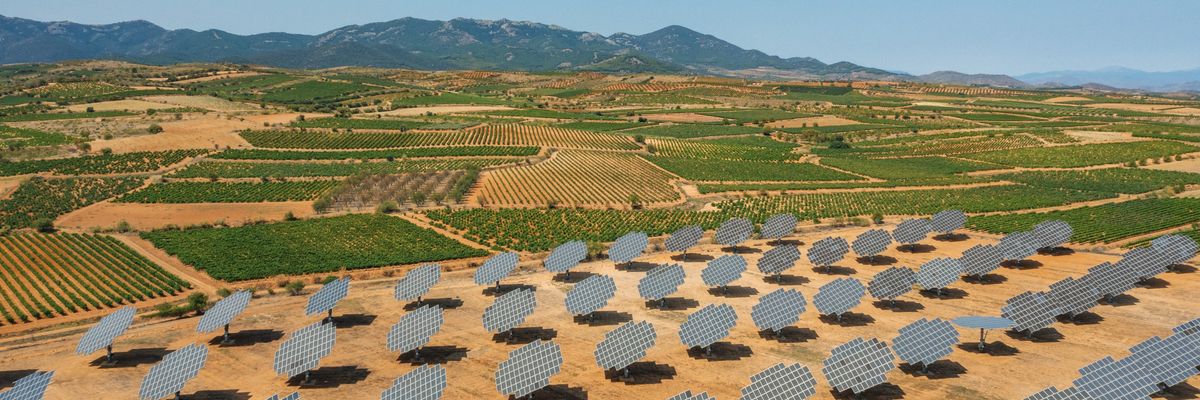Spain, the world’s 15th-largest economy and the fourth-largest in Europe, recently ran for nine hours entirely on wind, solar, and hydro. It is not the first time the renewables supplied all of the country’s domestic electricity needs on the peninsula, but it is the first time they did so for so many hours in a row, on a weekday when demand is heavier than on the weekends, and when three of the country’s nuclear power plants were shut down for various reasons. So reports Ignacio Fariza at El Pais.
Spain, with a nominal GDP of about $1.427 trillion and a population of 47 million, is a major industrialized democracy, so this achievement is highly significant for what it tells us about the future.
Spain’s prime minister, Pedro Sánchez of the Socialist Workers’ Party, has been a booster of green energy. The Spanish right-wing had actually put punitive taxes on people with solar panels, at the behest of Big Carbon, but Sánchez’s government repealed them. Since the February 2022 Russian invasion of Ukraine and the consequent spike in fossil gas prices, Spaniards have been rushing to put solar panels on their roofs, now helped by E.U. subsidies and by a plummeting in the cost of the systems.
Spain now has one of Europe’s largest solar plants.
In 2022, the country put in 4.28 gigawatts of utility-scale solar, 2.64 gigs of distributed PV, and 1.38 gigs of wind power. That is nearly seven gigawatts of new solar in one year, and the country is not slowing down.
Spain’s total power capacity is 118 gigawatts, with wind making up 29 gigawatts or 22% of the whole. Wind is the biggest installed source of electricity now in Spain. Solar only provides about 10% of electricity, but has enormous potential for growth.
In April, though, solar supplied 22% of Spain’s electricity, and solar and wind together made up 46% of electricity production. It has been especially hot and sunny in Spain this spring, which has created water shortages and problems for farmers. Hydroelectric generation is way down. But solar is doing great business.
Spain has lots more wind and solar in the pipeline. By 2026 the country expects to have 10-15 more gigawatts of solar, and five new gigawatts of wind capacity. Although the country is planning to phase out its nuclear plants, which currently supply over a fifth of its electricity, by 2030, Spanish scientists are confident that wind, solar, hydro, and battery can take up that slack and more.
